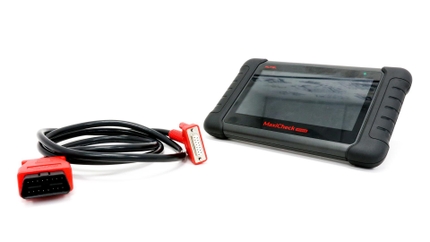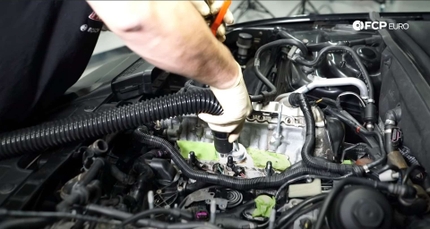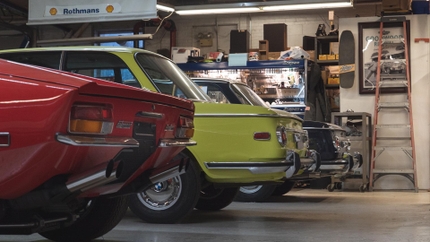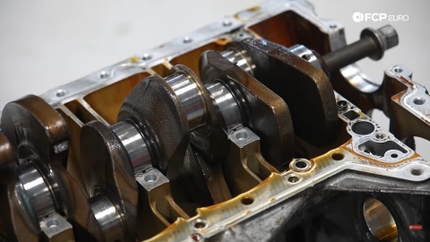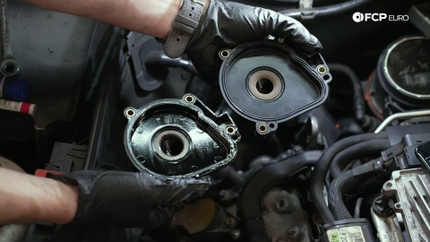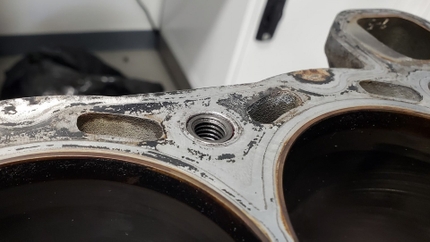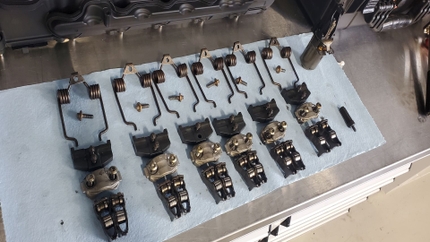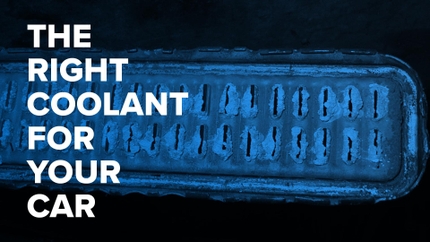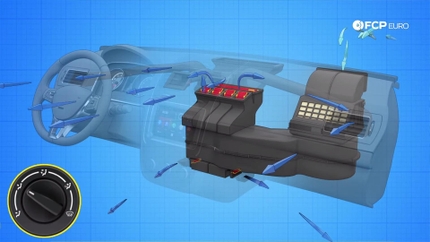As promised, I have concluded my testing of the BlueChem line of diesel engine cleaning
products. Now we wrap up with the BlueChem “Oil System Cleaner” and “Oil System Care.”
As you know, the older diesel engines did not burn as clean and efficiently as do the new
diesels and thus leave behind a considerable amount of internal sludge. It is for this very reason
periodic cleaning of the internals is recommended.
The final two products I tested also had a significant impact on engine performance. I will admit,
I didn’t think my 1981 Mercedes 240D was able to gain any further benefit from the remaining
two treatments, but I stand corrected. Not only did the physical sound of the engine change
during the cleaning process alone, idle vibration was diminished as was the speed at which I
was able to gain oil pressure.
While I was always able to gain full pressure upon starting the car, the results were considerably
slower then they are now. This leads me to believe that all or some of the oil passages were
more than likely gunky and were in true need of cleaning. I was also pleasantly surprised to note
that a considerable amount of engine vibration was reduced at idle while the A/C compressor
was engaged. All of these improvements were true indicators that indeed sludge and other
deposits had throughly worked their way into the system over the decades, reducing all-around
performance and enjoyment. I personally find this product line to be the best on the market and
would highly recommend them to all classic car enthusiasts, but on with the show.
Preparing to Clean your Mercedes Oil System
To begin, you will pour one bottle of the BlueChem “Oil System Cleaner” directly into your oil
filler port. DO NOT do your oil change first. This chemical must be removed (along with the oil)
after the cleaning has taken place. While the cleaner will not harm any components internally or
diminish lubricity during the cleaning process, it is nonetheless removing a potentially large
amount of sludge that will need to be drained from the system immediately after the cleaning
process.
Once the bottle of cleaner has been added, replace the oil filler cap and run the engine for
15-20 min. In speaking with the U.S. BlueChem representative, I inquired as to whether it would
help or hurt the process in anyway if the car were to be driven during the cleaning process. The
answer was “no”, and that it is perfectly safe to drive or idle the car for the recommend time.
With that, I allowed the engine to idle for about 10 min. (with the idle adjust turned up) at which
point I drove the car around the neighborhood for the remaining time. By the time I returned
home the car had been run for about 25 min.
At this stage you are ready to do your oil change as normal. While numerous articles have been
done on oil changes on every make, model and era, I will take this time to recommend making
your Mercedes Diesel oil change, quick and clean.
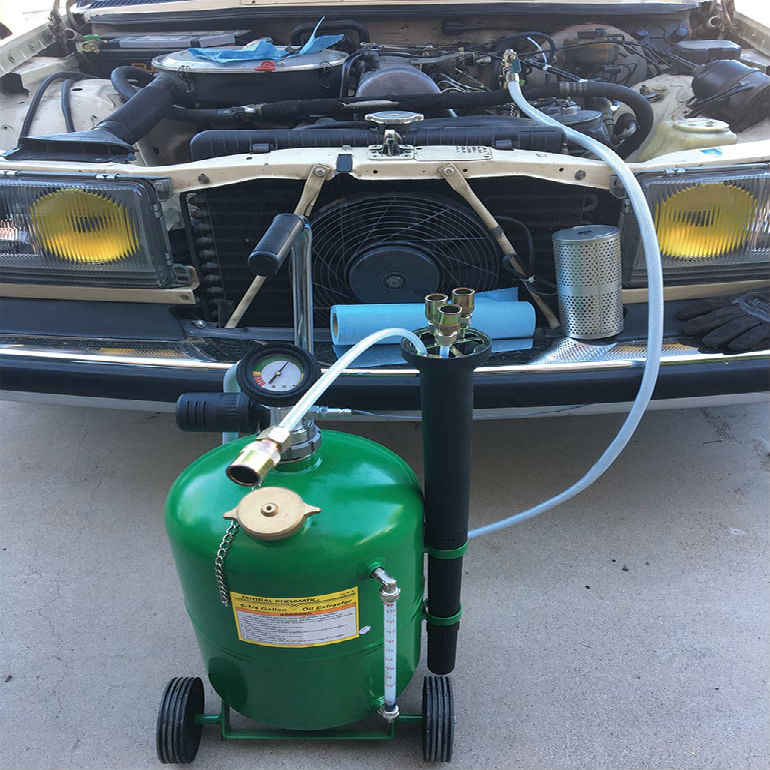
With the oil filter on top, it is just as easy to “vacuum” the oil from the sump by means of a
pneumatic fluid extractor shown here with no need to get under the car!
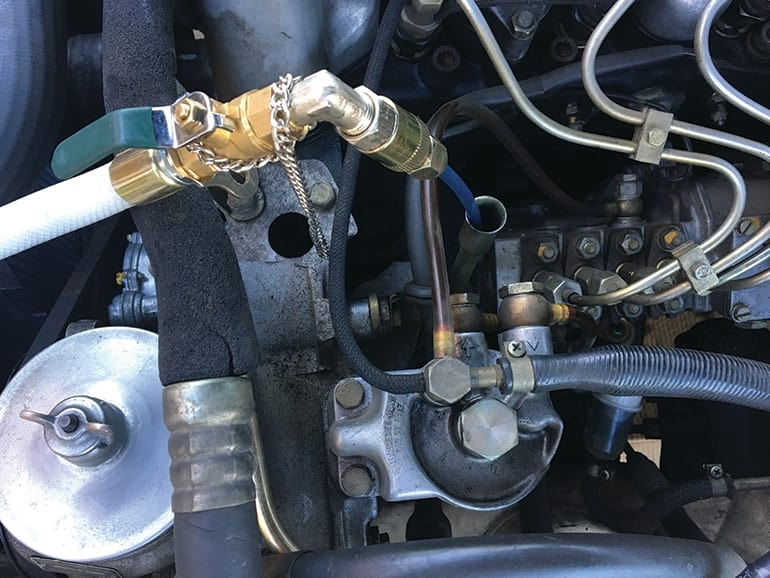
Fluid extractor in place drawing oil to reservoir
NOTE: If you do choose to use the fluid extractor, it is important to first remove the oil filter
(Mercedes Diesel) to allow air to flow. If you do not remove the filter prior to extraction, a fair
amount of oil will remain in the system.

After all the oil has been extracted, add one can of the BlueChem Oil System Care and your
preferred brand of motor oil as prescribed by the owners manual. In the case of the late 70’s
early 80’s 240D models, it will require about 6.5 Qts. Always fill and check to be sure all fluids
are at the proper level and DO NOT over fill. Be sure to always use a good quality diesel rated
motor oil. It is recommended that the oil be kept at the mid-way mark on the oil dipstick. This I
have heard from several reputable Mercedes techs., as a way to burn less oil as it pertains to
this particular engine.
Now put your oil filler cap back on and install your new oil filter and o-ring that has been lightly
smeared with clean motor oil and tighten both 13mm nuts and your car is ready to go.
At this point you are ready to start the engine, but be sure you get full oil pressure in about 10
seconds of the initial start. I would personally recommend NOT reving the engine during this
time. Should the oil pressure not return to “3” on your oil pressure gauge, turn off the engine
immediately and explore what is hindering the flow of oil.
With the oil pressure at the proper reading, take the car for a quick drive and recheck the oil
level.
PRODUCTS NEEDED:
CHECK:
- Oil Cap Gasket
- Drain Plug Gasket
- Fuel Filters
- Belts
- Hoses
- Coolant Level & Color
- Power Steering Fluid
RECOMMENDED PRODUCTS:
BlueChem Diesel Fuel System Cleaner, Oil System Cleaner, Oil System Care


